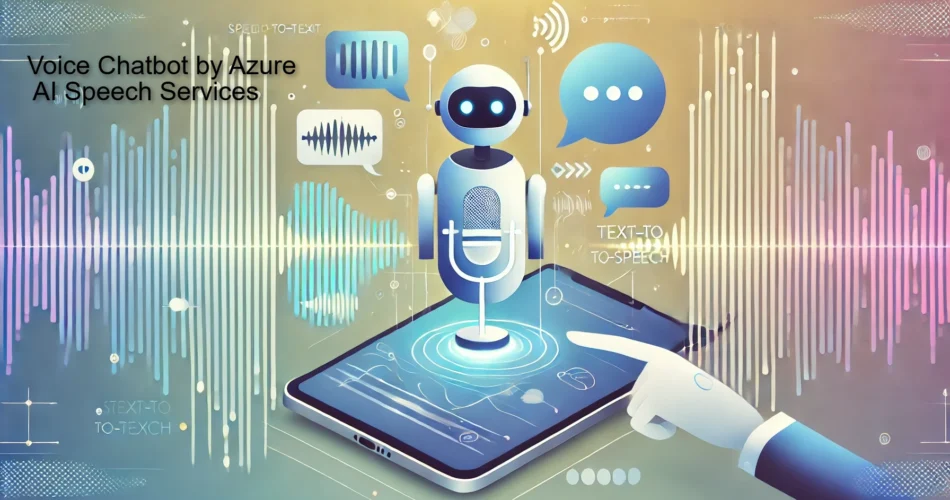Voice Chatbot by Azure AI Speech Services in today’s digital landscape, voice-enabled applications are becoming increasingly important for creating natural and accessible user experiences. In this guide, we’ll walk through building a voice-enabled chatbot using Azure AI Speech Services and Python, combining speech-to-text and text-to-speech capabilities to create a fully conversational experience.
Prerequisites for Voice Chatbot by Azure AI Speech Services
Before diving into development, you’ll need an Azure account with an active subscription, Python 3.7 or later installed on your system, and basic Python programming knowledge. You’ll also need a standard microphone and speakers or headphones for testing. The Azure free tier provides ample resources to get started, offering 5 hours of speech services per month.
Setting Up Your Azure Environment
Setting up your Azure environment is straightforward. First, create a Speech Service resource through the Azure portal. Once created, you’ll receive a subscription key and region identifier – these credentials are essential for accessing Azure’s speech services. Install the required Python packages using pip: you’ll need azure-cognitiveservices-speech for interfacing with Azure’s speech services and python-dotenv for managing your credentials securely.
- Install the required Python packages:
- First, create an Azure Speech Service resource in the Azure portal
- Note down your subscription key and region
Project Structure
Let’s create a well-organized project structure:
Our project follows a modular structure with four key components. The configuration module (config.py) handles credential management, loading your Azure key and region from a secure environment file. The speech service module (speech_service.py) manages all voice-related operations, handling both speech-to-text and text-to-speech conversions through Azure’s API. The chatbot module (chatbot.py) contains the conversation logic, determining how to respond to user inputs. Finally, the main application (main.py) ties everything together into a cohesive program.
Implementation
Let’s break down the implementation into manageable components:
1. Configuration Setup (config.py)
First, let’s create a configuration file to manage our Azure credentials:
2. Speech Service Implementation (speech_service.py)
Here’s our speech service that handles both speech-to-text and text-to-speech:
3. Chatbot Implementation (chatbot.py)
Now, let’s create a simple chatbot class that processes user input and generates responses:
4. Main Application (main.py)
Finally, let’s tie everything together in our main application:
Running the Application
- Create a
.envfile in your project root with your Azure credentials:
- Run the application:
Testing the Chatbot
Once running, you can test the chatbot by:
- Speaking into your microphone when prompted
- Listening for the bot’s response
- Continuing the conversation
- Saying “goodbye” to end the session
Extending the Chatbot
To take this project further, consider implementing conversation history tracking to maintain context across interactions, adding more sophisticated response generation using natural language processing, implementing error recovery mechanisms for better reliability, or supporting multiple languages. You might also integrate with other Azure services to add capabilities like sentiment analysis or intent recognition.
Remember to handle your Azure credentials securely – never commit them to version control or share them publicly. Store them in your .env file and ensure it’s listed in your .gitignore if you’re using version control.
This basic implementation can be extended in several ways:
- Add more sophisticated natural language processing
- Implement conversation history tracking
- Add custom voice selection options
- Integrate with other Azure services for more advanced features
- Add error handling and retry logic
- Implement async/await for better performance
Conclusion
We’ve successfully built a voice-enabled chatbot using Azure AI Speech Services and Python. This implementation demonstrates the basics of speech-to-text and text-to-speech integration, providing a foundation for more complex conversational AI applications.
The complete code is available in the implementation sections above. Remember to handle your Azure credentials securely and never commit them to version control.
Feel free to experiment with different voices, languages, and response patterns to create a unique conversational experience for your users!
